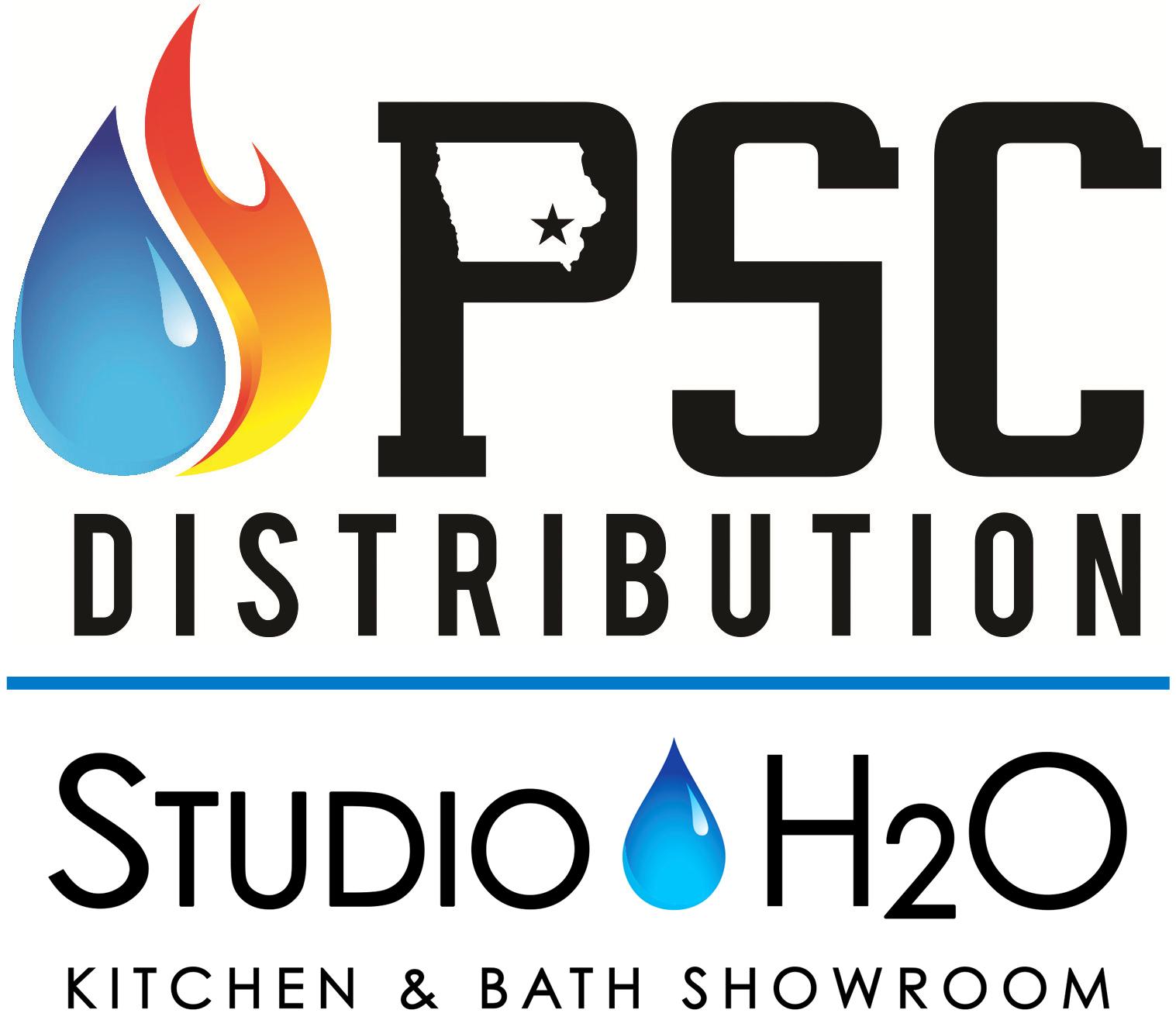 On June 22, EPA released a proposal to lower the dust-lead hazard standards, which impact contractors who do lead-abatement work. EPA recommends tightening the standards from 40 and 250 micrograms per square foot to 10 and 100 micrograms per square foot on floors and window sills, respectively.
On June 22, EPA released a proposal to lower the dust-lead hazard standards, which impact contractors who do lead-abatement work. EPA recommends tightening the standards from 40 and 250 micrograms per square foot to 10 and 100 micrograms per square foot on floors and window sills, respectively.
The proposed rule is in response to a ruling by the 9th Circuit Court. Although advocates petitioned EPA to revise the definition of lead-based paint, EPA declined to propose any changes due to insufficient information to support a change.
This means the proposed rule should not impact the Lead: Renovation, Repair and Painting Rule (RRP) that regulates remodeling activities in housing built before 1978. NAHB staff will be reviewing the proposal and submitting comments to the agency.
The proposed rule is not the only recent agency action that addresses lead-based paint. Earlier this spring, EPA issued its final report on the economic impact of the RRP rule on small businesses. Also known as the 610 retrospective review, the report acknowledged that “a lead test kit meeting the rule’s positive response criterion has not come to market.” However, EPA concluded that the benefits of lead-safe work practices “continue to exceed its costs,” which NAHB Remodelers have demonstrated can be considerable.
NAHB staff continues to review the report and is working with NAHB Remodelers leadership and industry allies to review next steps in responding to the agency.
NAHB also is closely monitoring the Administration’s anticipated update to the interagency strategy document on reducing childhood exposure to lead. The document is expected to take a broader approach to the issue and not focus solely on lead-based paint.
For more information about EPA’s lead-based paint regulations, please contact Tamra Spielvogel.





